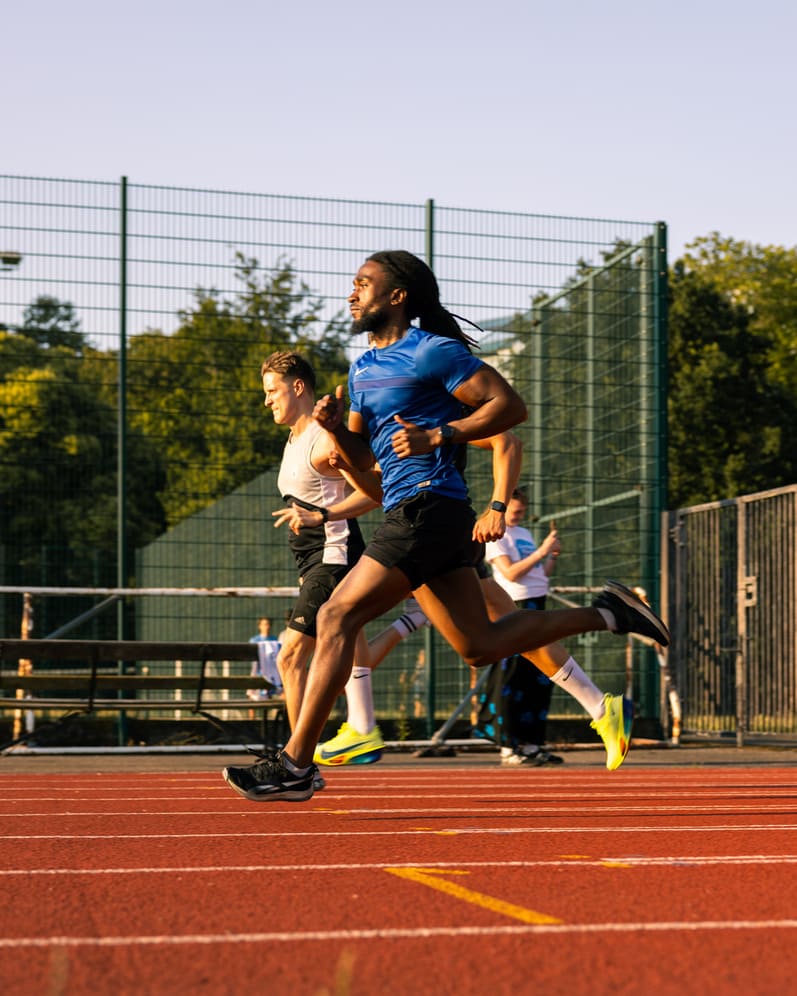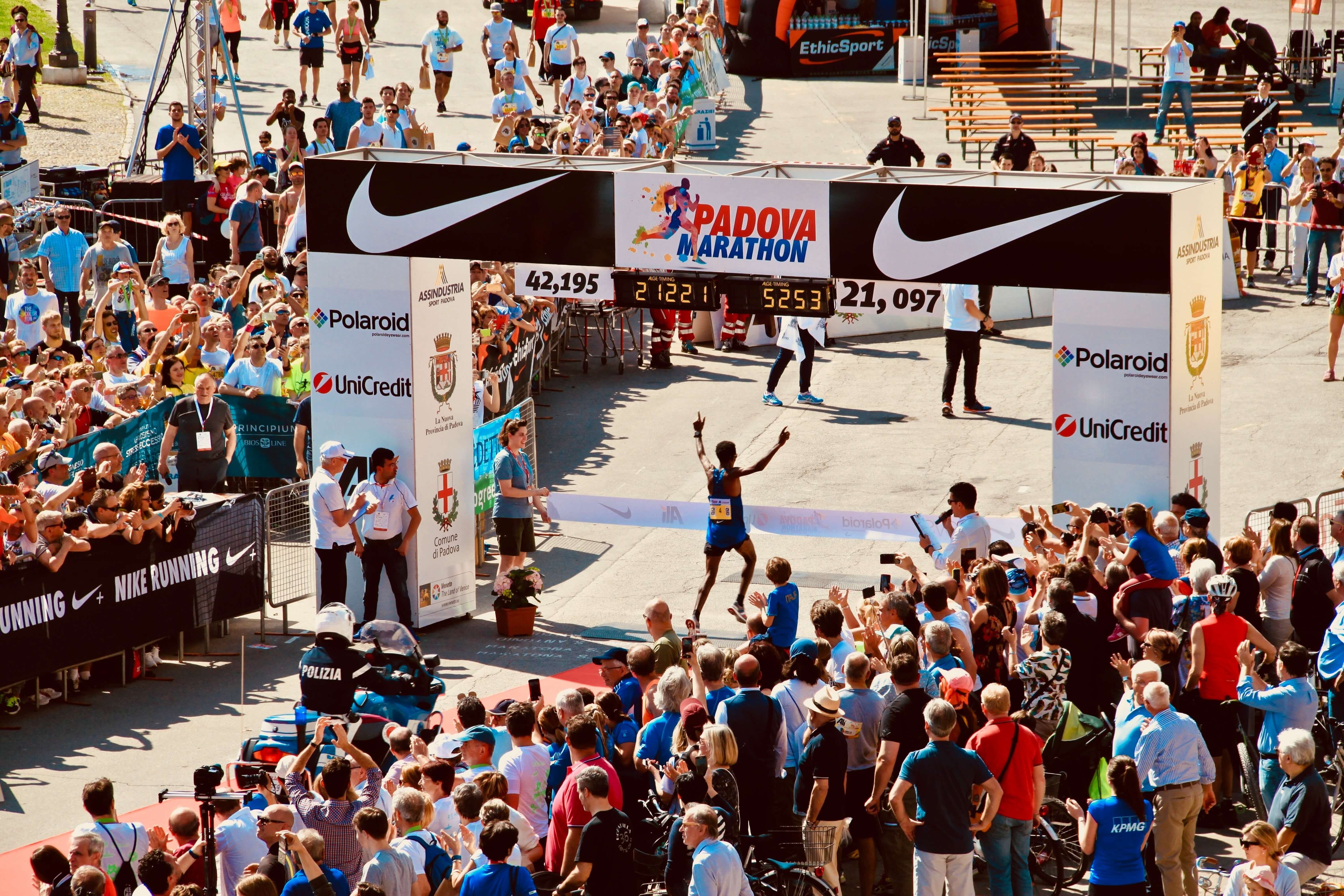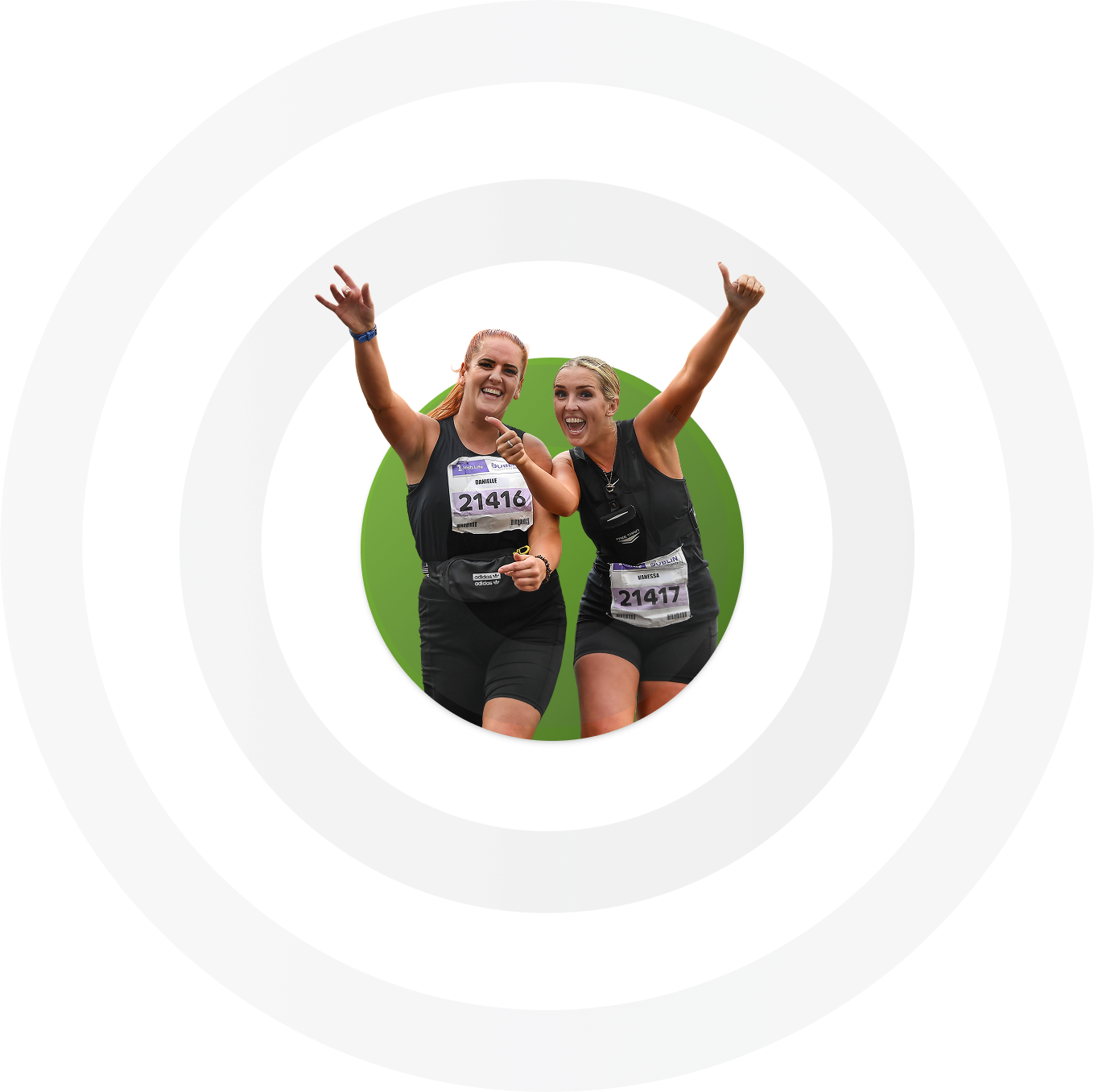Whether you're a seasoned club runner or running novice, you’ll have surely made mistakes during your running to date, and probably will again. Here we take a look at some of the common running mistakes so hopefully you can avoid them in future.
1. The wrong kit
Running kit is often problem area, especially for the beginner, and you often only find out the limitations of your clothing once you start upping your distance. Don’t wear anything for the first time going into a long run, especially a marathon, but preferably not for any race. Blisters are an obvious hazard and they are almost inevitable if you wear new shoes on your long run or race, so ease into your new shoes with shorter runs first.
2. Not replacing running shoes often enough
According to research carried out at the University of Colorado, running shoes that have been over-used lead to reduced efficiency and an increased chance of injury. It’s recommended that you replace your running shoes after you’ve run around 400 miles (or 650km) in them, and it’s extremely important that you keep track of this. Many runners who rely on visually assessing their shoes will find themselves suffering from injuries. This is because most shoes will see significant deterioration in the cushioning before they show any visual signs of wear.
It’s recommended that you replace your running shoes after you’ve run around 400 miles (or 650km) in them.
3. Too many layers
When you exercise, your body becomes warmer – it’s simple science, and will happen to everyone. That’s why when you wrap up warm to go out for a run, you feel far too hot just a few kilometres in. Far from just making you feel uncomfortable, researchers at the University of Wales found that exercising when you’re too hot can lead to stress, reduced performance, and reduced immune system function. If you’re exercising in cold weather, wear clothing that leaves you feeling slightly cool when you step outside. By the time you start running you’ll soon warm up to a more comfortable temperature.
4. Runner's nipple
‘Runner’s nipple’, whereby the rubbing of your clothing against your nipples causes irritation or worse, can be a great discomfort. If grease or Vaseline or some other barrier is not applied to the nipples then they can look a painful sight after completing a long run, especially a marathon. You don’t want your finisher's photo to be one of you crossing the line with your running top covered in blood!
5. Starting sessions too quickly
You know the feeling: you’re out for a run, feeling like a million dollars, and you set off like a bullet. Fast forward 20 minutes in and you’re slumped over gasping for air wishing you’d started a bit more steadily. Saving your energy at the start of a training session or race will make you a better runner, as you’ll be able to run at a more consistent pace and finish strongly. The stats back this up; of the last five 10,000m world records, two were set with an even split, and three were set with a negative split.
6. Increasing your distance too quickly
Many runners lose valuable training time because they increased their mileage too quickly. Experts advise an increase in mileage of no more than 10 per cent per week, or that a long run should make up no more than one third of your weekly mileage. But both rules will undoubtedly be broken as runners suddenly go from little mileage to runs well into double figures. If you do start to suffer problems then one or two days off at an early stage of the injury is better than a few weeks out when you make it worse by trying to run through the pain.
Experts advise an increase in mileage of no more than 10 per cent per week, or that a long run should make up no more than one third of your weekly mileage.
7. Not varying your training
Want to get bored of running and reach a plateau? If you’re running the same old training sessions over and over again you’re going about it the right way. Variety is a runner’s best friend, and without it you’ll seriously struggle. Try to incorporate new training sessions like intervals or fartlek running into your schedule. Or even try something as simple as running on some new terrain. Anything that mixes up your usual running routine and that challenges your body will make you a better runner.
8. Not refueling correctly after training sessions
When you’ve finished a training run it’s perfectly normal to not feel like eating, according to research into athletes’ appetites carried out at Brigham University in Utah. However, refuelling your body after a training run is extremely important if you want to become a better runner. The National Council on Strength and Fitness recommends a meal with a protein to carbohydrate ratio of 3:1 for optimum muscle repair and development. The 45 minutes after your training session are when your body is able to absorb the most nutrients, so this is the time you need to target for your protein and carbohydrate filled recovery meal or snack.
9. Getting the taper wrong
Competitors need to ease down their training in the last couple of weeks and it’s important to get this right. Too early, or too much, and the legs will probably feel sluggish. Don’t ease down enough and your legs will feel heavy. Going from high mileage to next to nothing is a shock to the system so it is better to at least keep the legs ‘ticking along’. Some good standard runners get it wrong sometimes. One 65-minute half marathon runner did 20 hard efforts of 400m, the day before running a half marathon. No wonder he wasn’t at his best the following day.
10. Deviating from your usual routine
Don’t try anything in racing that you haven’t done in training. If you want to stock up on carbohydrates the night before the marathon, then do so before long training runs. You’re training your whole body, not just the legs; don’t surprise it on the day by doing something different. If you are going to experiment with energy gels then do this during training, not on race day.
11. Focus during the race
You want to reach that start line feeling great, but don’t spoil all those months of hard training by blowing your race in the first few minutes. If other runners hold you up, don’t get irritated. If you weave your way through the masses trying not to lose time you will use up extra energy and run quite a bit more than the race distance… and isn’t your race far enough already, particularly if it’s a marathon?
12. Being too tense
A relaxed runner is an efficient runner. Tensing up while you run leads to poor running form, which in turn leads to wasted energy. Whenever you’re running do a mental check on any areas of tension, particularly in your upper body, and try to relax them. Are your shoulders feeling tight? Have your arms started to tense up and cross over when you swing them? Are you balling up your fists too tightly? Try to perform these checks every mile and relax any problem areas of your body, and you’ll soon find that your running efficiency increases.
Like many seasoned runners, you will make mistakes, but let’s hope you learn from them and go on to achieve your best at your next races.







